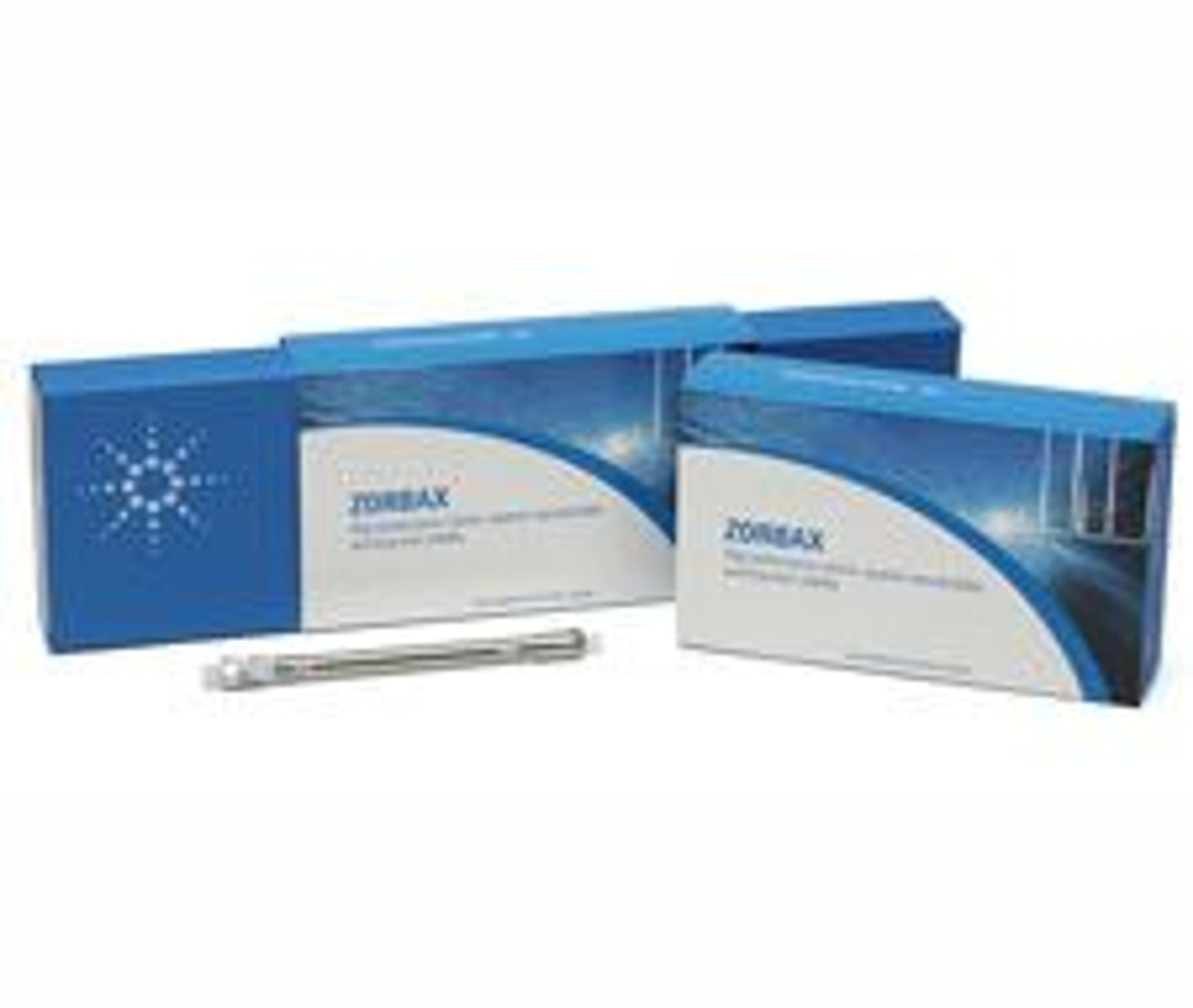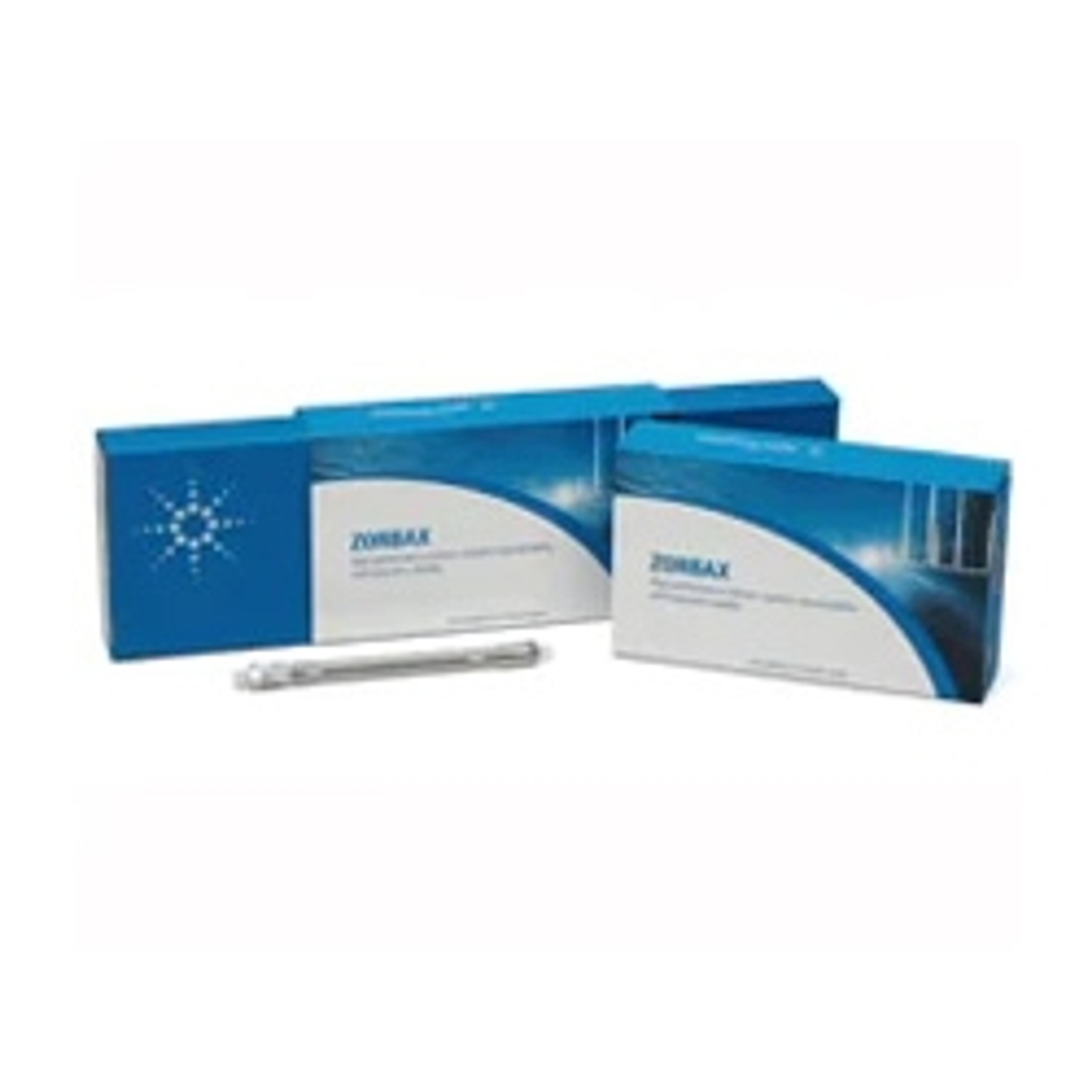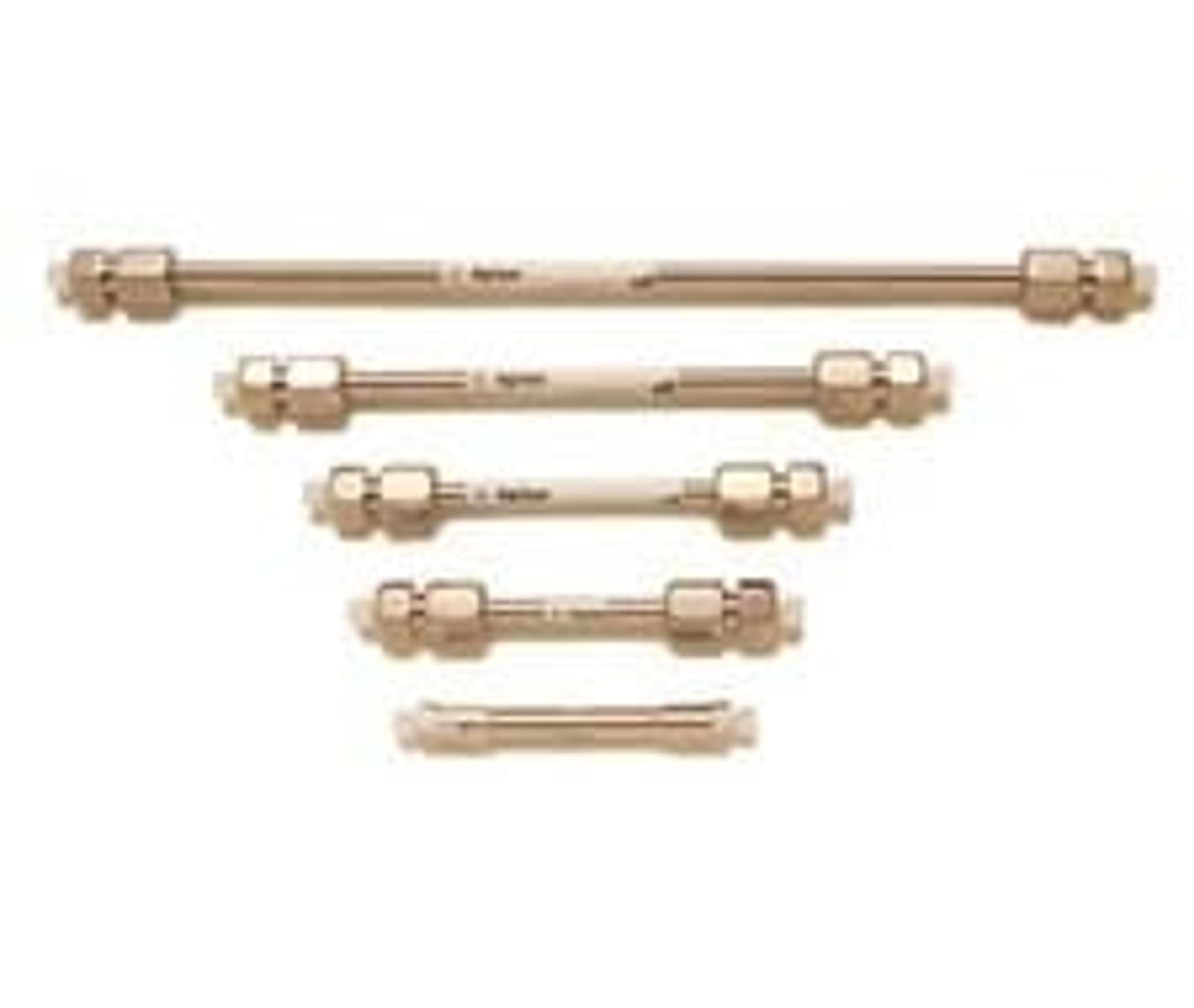Everything you ever wanted to know about HPLC columns
Watch our on-demand webinar on maximizing your column’s lifetime and performance and find answers to all your questions in this 3-part article series
20 Jun 2020

Are you looking for a comprehensive summary on how to protect your HPLC column from early failure, clogging and performance loss?
Are you tired of the endless entertainment options on Netflix and YouTube and looking for something with a bit more substance? Then why not check out this popular on-demand educational webinar with HPLC columns expert Andreas Borowiak from Agilent Technologies to learn what you can do to achieve the maximum column lifetime and performance from your LC columns.
Watch on demandWatch this webinar to learn:
- What a typical lifetime for an HPLC column should be
- How to identify the root cause for early column failure (based on chromatograms)
- How to protect your column from solvent contaminations, particles and sample matrix
- How to select the right column based on your method needs (e.g., temperature, pH, pressure range)
- How to properly clean and store your HPLC column
Think you could benefit from this webinar, but missed it? You can now watch it on demand at a time that suits you.
The live event prompted many great questions. We’ve compiled them into a series of three themed articles, along with Borowiak’s responses. This is part 1, with a focus on storage and cleaning of columns.
Q: What is the ideal lifetime for the guard column?
AB: If you do basic sample prep, you can roughly expect a lifetime of 200 to 500 injections depending on your matrix complexity. If you have matrix components that tend to clog the inlet frit or a significant sample precipitation you might see a reduced lifetime. In general, the aim is to increase the lifetime of your analytical column by sacrificing the guard – a dying guard has served its purpose. It would, therefore, be more interesting to measure the lifetime increase of the analytical column. If our analytical column with guard that separates samples with challenging matrices achieved a lifetime like a separation of standards without a guard, this would already be a great result. In the end, the lifetime of an analytical column guard column lifetime depends on
matrix and backpressure, and how hard the instrument hits the guard column with the pressure spikes as discussed in the webinar.
Q: Do you suggest washing a column before storage with water and then storing it in an organic solvent?
AB: My recommendation would be to never wash a column with 100% water unless it is claimed to be 100% aqueous compatible. As presented, the procedure we recommend is to flush the column with a 50/50 mixture of water and organic solvent. If you use buffer salts or strong acid or base additives, it is important to make sure that you flush out all additives and buffer salts before you store the column in pure organic. Buffer salts might precipitate in 100% organic and clog your column. Secondly, acids or bases used in mobile phase that are not properly flushed out after the run can lead to increased column degradation. You should have in mind that the pH in pure organic is different to the one in aqueous solutions – this is called the apparent pH of a solution. The resulting acidity of the acid, as well as the basicity of the base, can be different in pure organic mobile phases
Columns have different stability towards pH when being stored. It is very hard to find out whether the column can tolerate it or not, our recommendation is: “Do not store a column in acids, bases or buffer”.
Q: Our column has been left in the HPLC equipment for the last two months due to the pandemic. Will it be fit for use anymore or it has been impacted?
AB: There are three scenarios that could happen, in terms of the buffers/mobile phase that the column is stored in:
If you used an aqueous solution containing buffer salts and the column is under less than 10% organic, you must expect that microbial growth has happened in your instrument and on the column. In such a case, the column should be discarded and the instrument must be properly flushed before use. Also, capillaries or other fragile parts might have been blocked by contaminants or precipitated buffer salts.
If you stored the column in low or high pH, lifetime might be affected. Storage in low pH can cause hydrolysis and subsequent detachment of the end capping and bonded phase from the silica. Storage in high pH can begin to dissolve the silica. For long term storage, as discussed in the webinar, we recommend pure aprotic organic solvent such as acetonitrile without additives. Probability is high that you can still use the column, but performance and resolution might be negatively affected.
If you stored the column in more than 10% organic, ideally 50-100%, and you did not add acid or buffer salts, then your column should be fine. Nevertheless, I would recommend to carefully flush it prior to use.
Q: When you talk about storage, how long are you talking about before it is necessary to follow the guidance you have given?
AB: To my knowledge, there are no fixed guidelines, but I can give you my personal recommendation. For me, a short-time storage is shorter than 6-8 hours. E.g., if you want to store your column overnight, this is already longer than short-time storage, so you should make sure to flush out acids, bases and ideally buffer salts, but you can store the column in mixtures of water and ACN. Long-time storage would start if you store the column for more than one day. Here, I would recommend flushing the column as described and store it in pure organic, i.e., ACN.
Q: What are the storage conditions for normal phase columns and washing procedures?
AB: Normal phase columns, are usually stored in non-polar solvents like n-heptane, dichloromethane, etc. It is recommended to review the column manufacturer's guidelines regarding appropriate storage solvents. Cleaning a normal phase silica column: For normal phase, you can only use organic solvents. We would recommend flushing the column with at least 20 column volumes – assuming that you are using a traditional analytical HPLC column in the dimensions of 4.6 x 250 mm, this would translate to 50 mL of solvent.
Try these solvents, in order of increasing strength:1. 50% methanol:50% chloroform 2. 100% ethyl acetate. Cleaning a column used in normal phase mode may depend on the sample type.
Q: How frequently should we check the performance or quality of a column?
AB: There is no general rule of thumb as to how frequently one needs to check the performance of the column, it depends on the usage and application. It is recommended to run a test sample on a new column and keep it as a reference. Over time, comparing your own test chromatogram to this original chromatogram can help you evaluate whether your column has lost efficiency, or if there are other changes that affect performance. It’s a good idea to quantitatively analyze parameters such as efficiency, selectivity, resolution and pressure. By understanding your column’s comparative performance, you can begin to isolate a potential source of problems. Agilent columns are shipped with a test sheet that was generated with the column. It has the test mixture used with concentrations, mobile phase, flow rate and pressure generated with the column as well as the performance characteristics of the column. In this case, we test it with minimum connecting tubing, without the use of the column oven. The pressure information can be used to help diagnose any other instrument problems. In daily practice, any method can be used to check the performance of the column.
Q: What do you recommend doing with an HPLC system if it was not flushed with 10% IPA/MeOH or ACN for the long-term storage? How do you check before connecting the column that everything is alright or how to wash it?
AB: Before installing a new column on an HPLC system, you can first rinse it with isopropanol and then water (ideally hot) to remove all traces of immiscible organic solvent and buffers. Please make sure that you properly clean or even exchange the glass or metal filters in your solvent bottles. They are an important source of microbial growth.
In a second step, you connect the column, without connecting the detector, and flush it with 100% acetonitrile, followed by a 50/50 mixture of water/ACN to condition it and remove any particles which could remain in the frits. You reconnect the detector and condition the column with your starting conditions. Once the system is stable, you inject a standard (possibly the one on the test chromatogram) to see if the column and the system are in good condition. Then you can inject your samples.
Q: What is the lifetime of an LC column if they are stored with end caps?
AB: A LC column can be fine for a long period of time and has no defined shelf life, but it is dependent on what storage solvent was used for column storage. If the column was properly flushed after use and stored in 100% organic solvent such as acetonitrile, the column will survive for many years. Best practice to use the shipping solvent of the column as recommended by the column manufacturer. If the column was not flushed and stored under buffer conditions, for instance, the lifetime will be significantly reduced due to precipitation of the buffer salts. The history of the column can have an influence on the lifetime of the column. We suggest running the QC test as described in the information supplied with the column.
Part 2 of this series focuses on your questions about peaks and selection of column and conditions. Find it here >>



